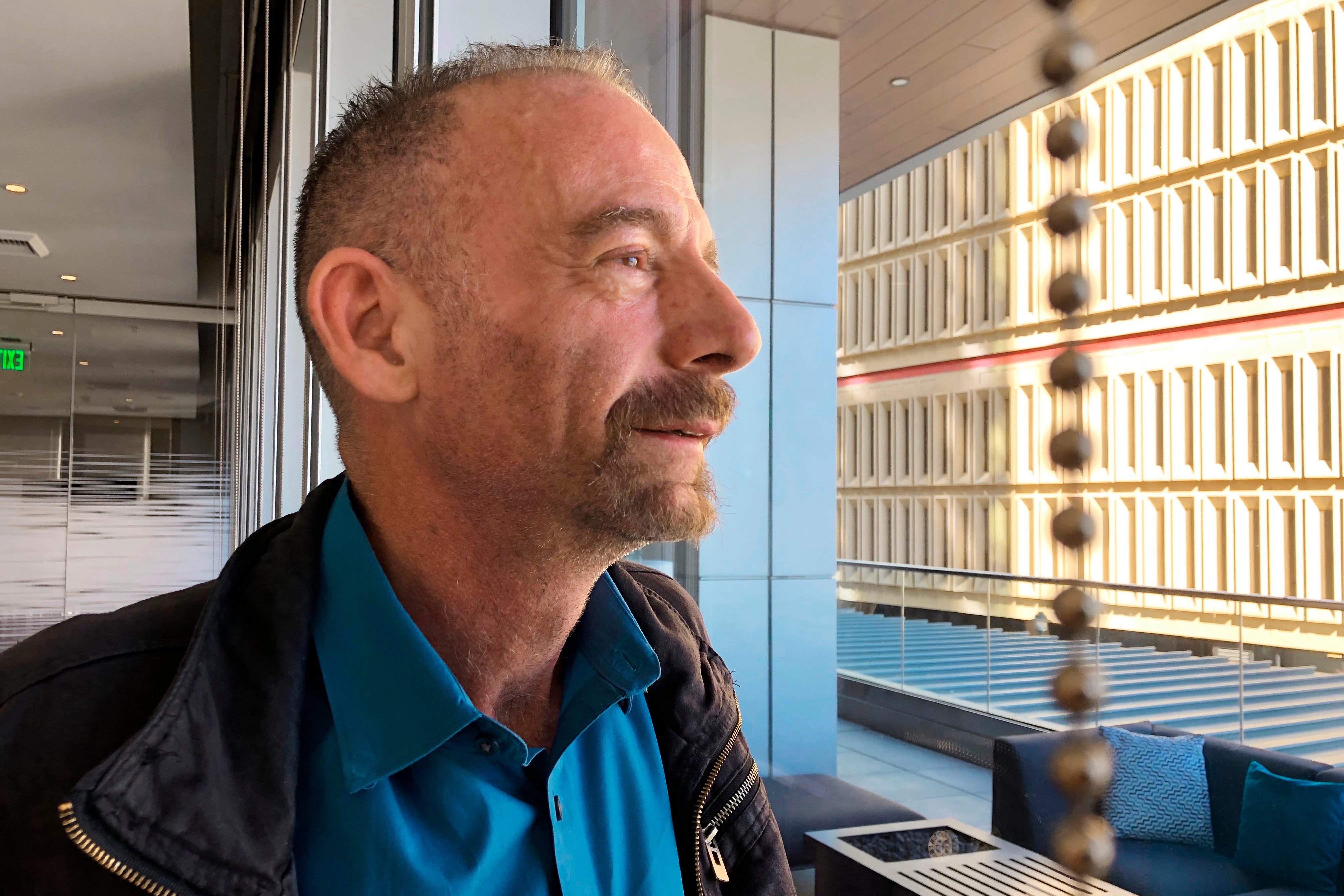First person cured of HIV dies of cancer
The man known as the Berlin patient was an ‘ambassador of hope’, his partner says

The first person to have been cured of HIV has died of cancer, at the age of 54.
Timothy Ray Brown became known as “the Berlin patient” after he underwent transplants that eliminated his HIV in the late 2000s – a landmark breakthrough in the fight against Aids.
Mr Brown died of the same cancer that originally led him to receive the rare bone marrow and stem cell transplants in 2007 and 2008, which for years appeared to have defeated both his leukaemia and HIV.
The successful treatment meant he no long needed to take anti-viral drugs – he remained free of the virus for the rest of his life.
"It is with great sadness that I announce that Timothy passed away... surrounded by myself and friends, after a five-month battle with leukaemia," his partner Tim Hoeffgen posted on Facebook. "Tim committed his life's work to telling his story about his HIV cure and became an ambassador of hope."
The International Aids Society said Mr Brown gave the world hope that an HIV cure was possible, saying: “We owe Timothy and his doctor, Gero Hütter, a great deal of gratitude for opening the door for scientists to explore the concept that a cure for HIV is possible."
Mr Brown, who was born in the US, was diagnosed with HIV while living in Berlin in 1995. In 2007, he developed acute myeloid leukaemia, a blood cancer whose treatment involved a bone marrow transplant.
His transplant came from a donor who had a rare gene mutation that creates resistance to HIV. Following the transfer, Mr Brown’s HIV levels dropped to undetectable levels – he was essentially cured.
However, the leukaemia returned earlier this year and spread to his brain and spine.
Despite his cancer’s recurrence, Mr Brown said he was still glad he had had the transplant that cured his HIV.
“It opened up doors that weren’t there before” and inspired scientists to work harder to find a cure, Mr Brown said.
“Timothy symbolised that it is possible, under special circumstances” to cure a patient of HIV – a feat that many scientists had considered impossible, said Dr Gero Huetter, the Berlin physician who led Brown’s historic treatment.
“It’s a very sad situation” that Mr Brown’s cancer returned, as he appeared to remain free of the virus, Dr Huetter added.
A second man, Adam Castillejo – initially just known as the “London patient” – also appeared to have been cured of HIV after a similar transplant.
However, as donors with this particular mutation are rare, and transplants are risky and costly, researchers are trying to achieve a similar effect using gene therapy.
Subscribe to Independent Premium to bookmark this article
Want to bookmark your favourite articles and stories to read or reference later? Start your Independent Premium subscription today.
